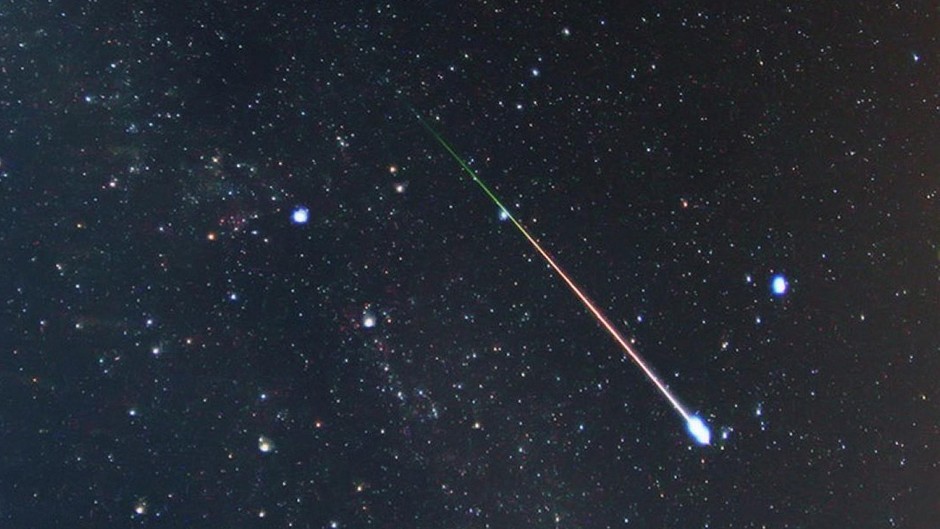Dust from Halley’s Comet will produce an amazing meteor shower this weekend that should be visible in the north west of Scotland.
The Orionid Meteor Shower is one of two meteor showers created by debris from Halley’s Comet. If the sky is clear it may be possible to see up to 25 shooting stars an hour, travelling at around 41 miles per second.
The best time to view it is between midnight and dawn, and it’s best to find a dark spot away from cities and light pollution.
A Met Office spokesman said that the best locations to watch the display in the coming days will be Wester Ross, west Sutherland, Lochaber, Skye, northern Argyll and the Hebrides.
He said the east side of the country is forecast to have cloud, but added that people in Shetland may also be able to catch a glimpse of it tomorrow night.
Halley’s Comet has not been visible from Earth since 1986, but pieces of glowing space rock can still be seen every autumn when the Earth intersects with the comet’s orbit.
The night time display is caused by pieces of the comet disintegrating in the Earth’s upper atmosphere.
It is called Orionid because it appears to radiate from the constellation Orion.
Orion’s Belt is made up of three bright stars quite close together almost in a straight line, and is about 1,500 light years from Earth.










